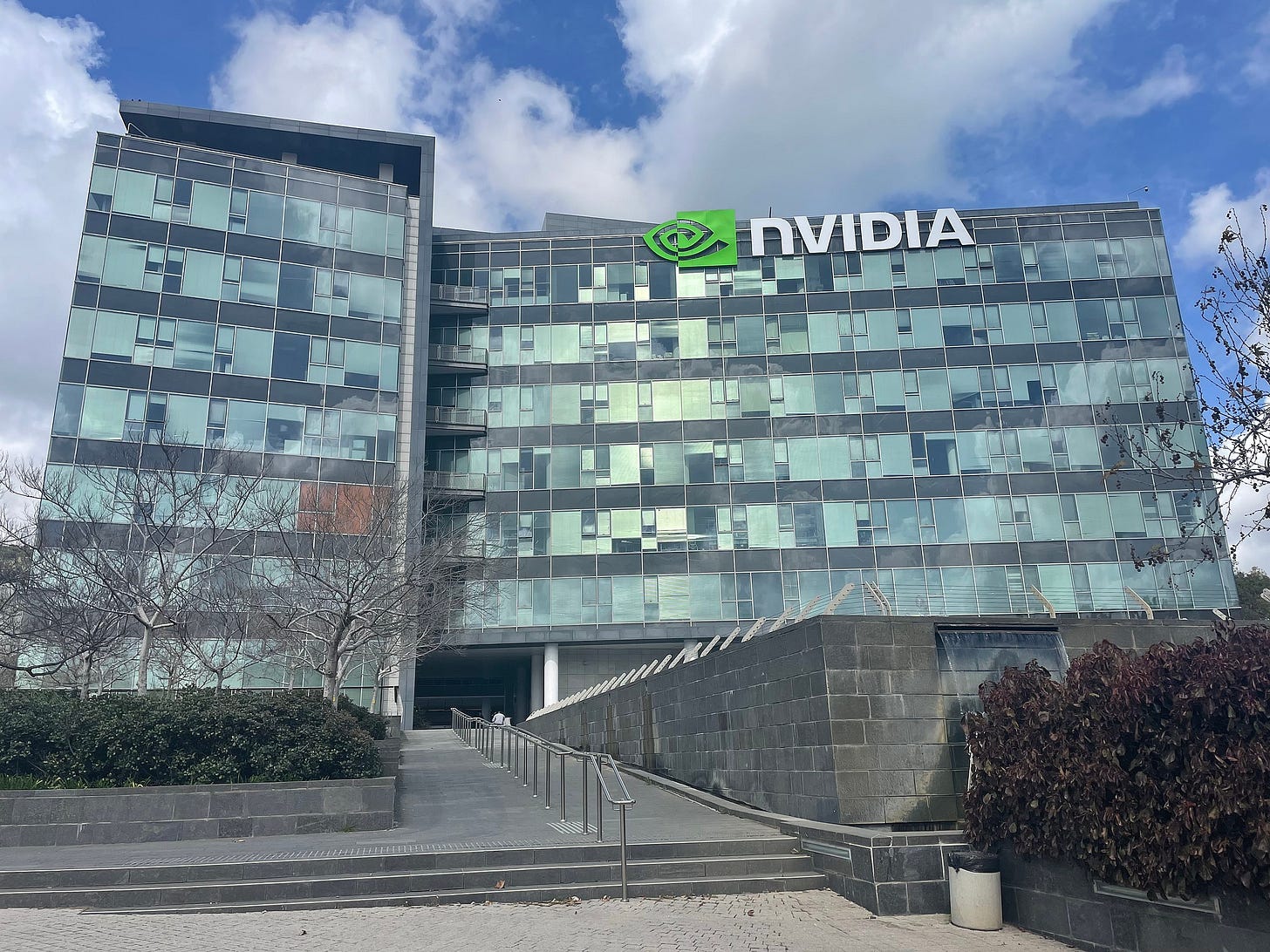NVIDIA’s Quarterly Revenue Is Out and It’s Incredibly Concentrated
Roundup #2
Hello Data folks 👋
Just two customers generated 39% of NVIDIA's Q2 2025 revenue ($46.7B total), with Customer A at 23% and Customer B at 16%. Both were attributed to the Compute & Networking segment, which grew 56% year-over-year driven by AI infrastructure demand. Who could these customers be? 🧐
The quarterly filing also notes that “an AI research and deployment company contributed to a meaningful amount of revenue through various direct and indirect customers.”
This super concentration shows how much the AI business might drift toward ultra-centralization versus the much-hoped-for decentralization.
Source: NVIDIA’s quarterly financial report
Google Cloud’s open ecosystem for Apache Iceberg
Google Cloud | August 29, 2025 | 6 minute read
Google Cloud announced expanded Apache Iceberg support alongside Confluent, Databricks, dbt, Fivetran, Informatica, and Snowflake, enabling cross-platform data sharing without ETL overhead.
The collaboration allows direct data sharing between platforms. Organizations can now query Snowflake data in BigQuery for ML workloads, or access Databricks datasets in BigQuery for cost optimization. Global Payments and Unilever are already using Iceberg to eliminate data silos across their multi-vendor environments.
This highlights the industry's consolidation around Iceberg as the standard open table format. Data teams should evaluate their current lakehouse strategy and consider Iceberg adoption for upcoming platform decisions. Particularly if they manage data across multiple vendors or plan AI initiatives that requires unified datasets.
Google DeepMind Launches AlphaEarth Foundations to Bridge the Gap Between Big Data and Planetary Action
ODSC - Open Data Science | August 29, 2025 | 4 minute read
Google DeepMind launched AlphaEarth Foundations, an AI-driven virtual satellite system that processes geospatial and climate data with 24% fewer errors than competing models by analyzing 10x10 meter grid squares.
The platform integrates satellite imagery, weather station data, sensor networks, and societal datasets into 64-dimensional embeddings. It eliminates cloud interference and data alignment issues that typically plague raw satellite feeds, while combining previously siloed datasets to reveal ecosystem relationships.
So there’s significant potential for enterprise teams that manage environmental risk assessments or location-based analytics. If you currently have use cases that requires manual satellite data cleaning and multi-source integration, you should evaluate these new breeds of geospatial AI platforms.
Mongo can’t stop winning (I hate it)
Theo - t3.gg | August 30, 2025 | 26 minute video
MongoDB's stock jumped 40% after reporting 24% revenue growth year-over-year, reaching a $24 billion market cap. Atlas revenue specifically grew 29% and now represents 74% of total revenue, despite adding only 2,800 new customers.
The math reveals existing customers increased spending by approximately 20-25%, suggesting expanded usage rather than new customer acquisition is driving growth. This aligns with increased AI workloads that requires document storage for semi-structured data like chat logs and context management.
Worth monitoring for data teams considering document databases for AI applications. Vendor lock-in concerns remain though, given that MongoDB's aggressive licensing changes forced major cloud providers to create open-source alternatives.
One More Thing(s)
Fundamental concepts every data engineer should know because they don’t really change (LinkedIn)
rainfrog – a database tool for the terminal (Reddit/Github)
That’s the brief.


